Types of Conflict Theories
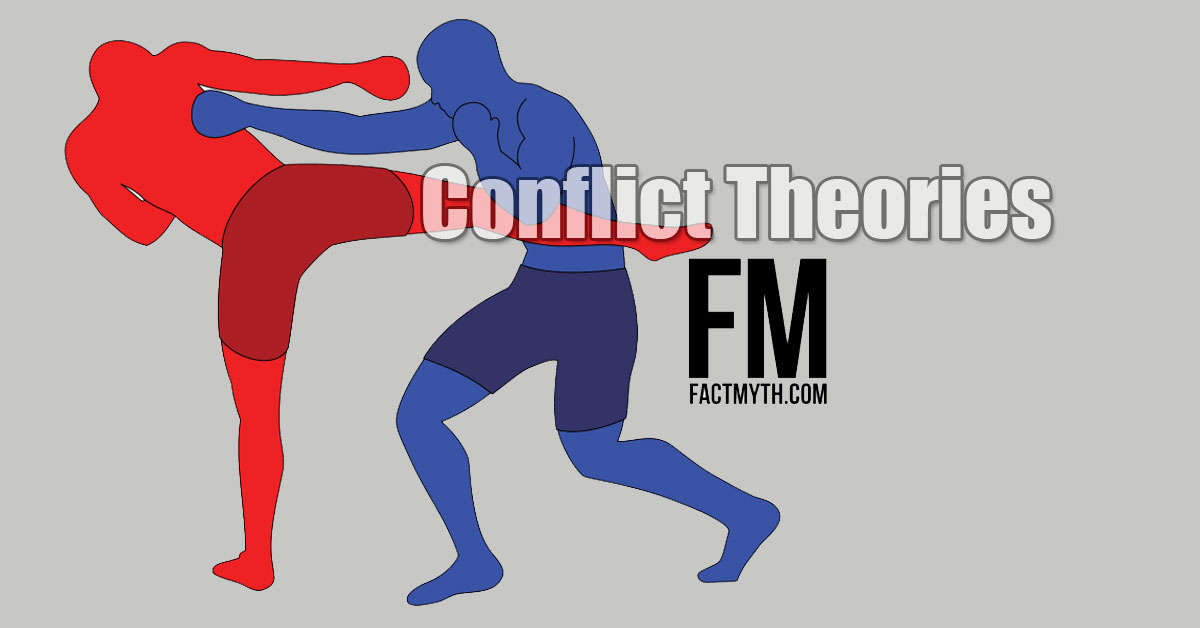
We explain Marx’s conflict theory and other conflict theories to show how tension between social, political, material, and other forces manifest.
Cooperation is working together.

We explain Marx’s conflict theory and other conflict theories to show how tension between social, political, material, and other forces manifest.
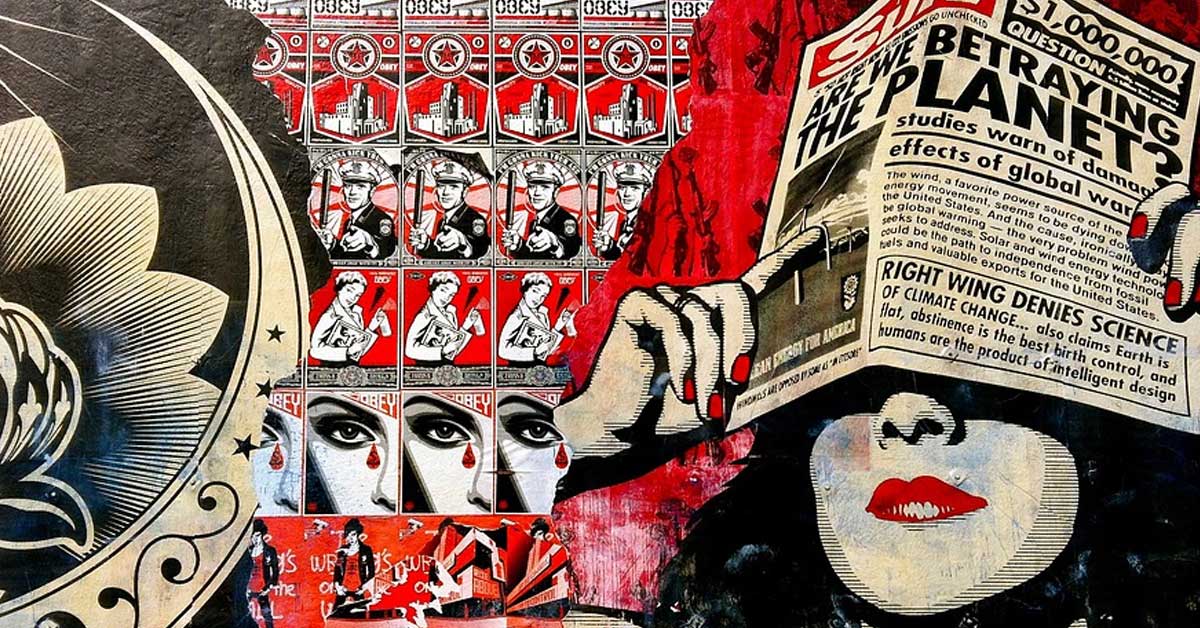
If the fifth estate is bloggers and alt-media, then the sixth estate is the people, their comments, and social media. We discuss propaganda and “digital democracy” in the fifth and sixth estate.

We describe a “purple strategy” modeled off purple state politics, for the Defense of Western Liberal Democracy and Republicanism.
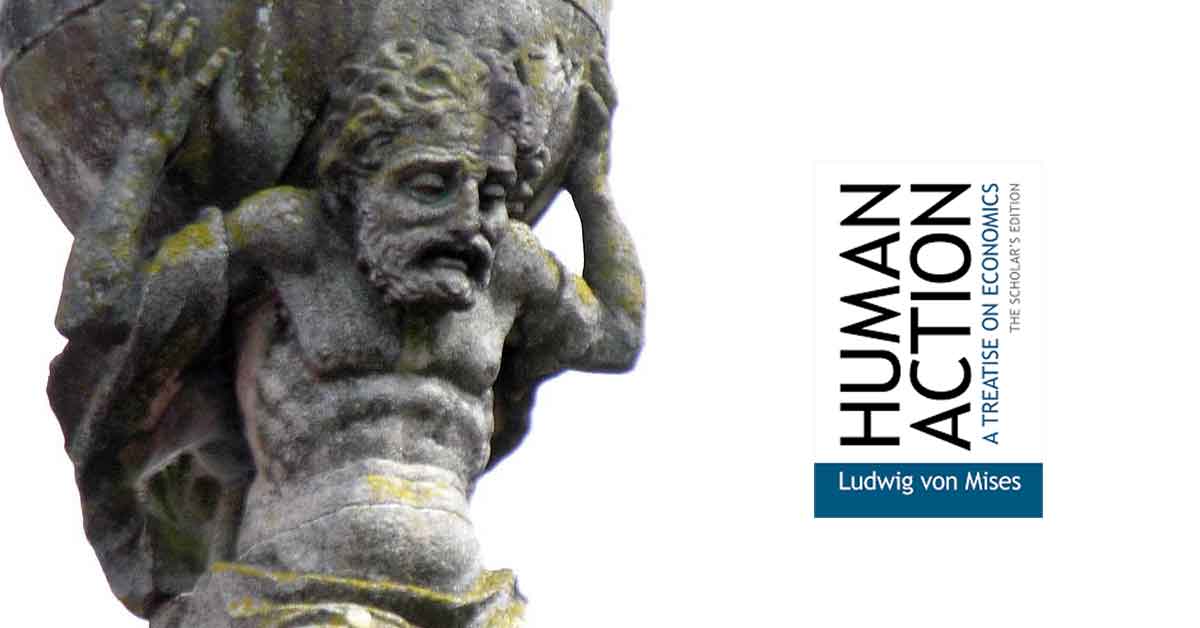
We discuss the importance of individualism and the complexities involved in balancing the spirit of Individualism with collective responsibility.
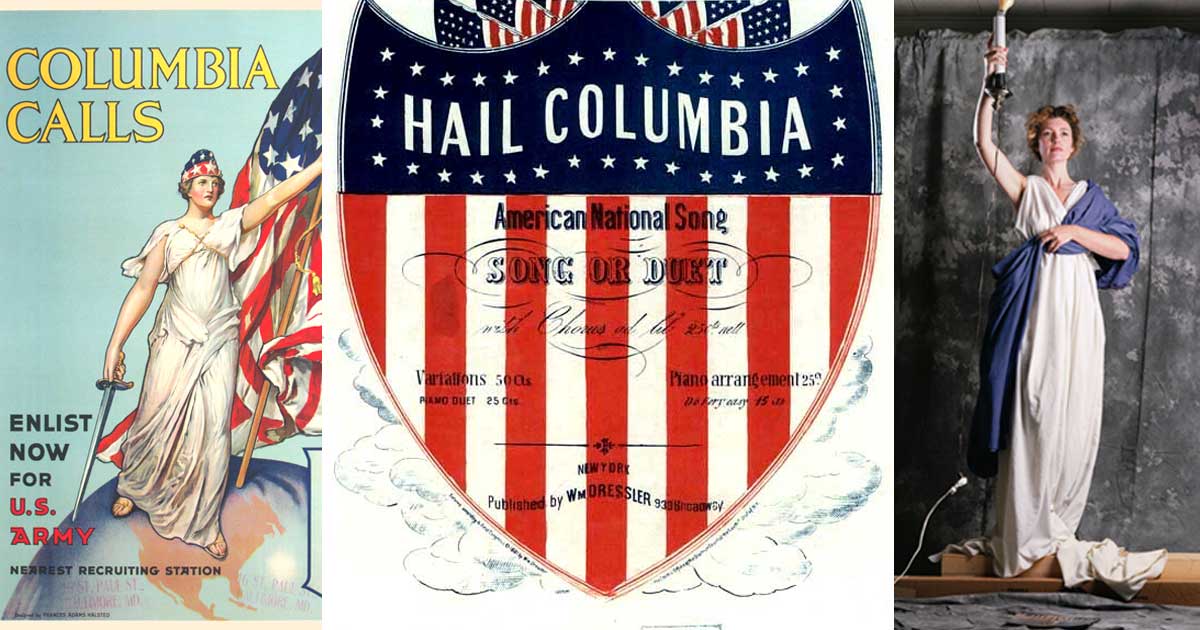
The United States can be thought of as a union of diverse and sovereign regions, of sovereign people, who agree on the basic principles of democracy, republicanism, federalism, and liberalism in general.
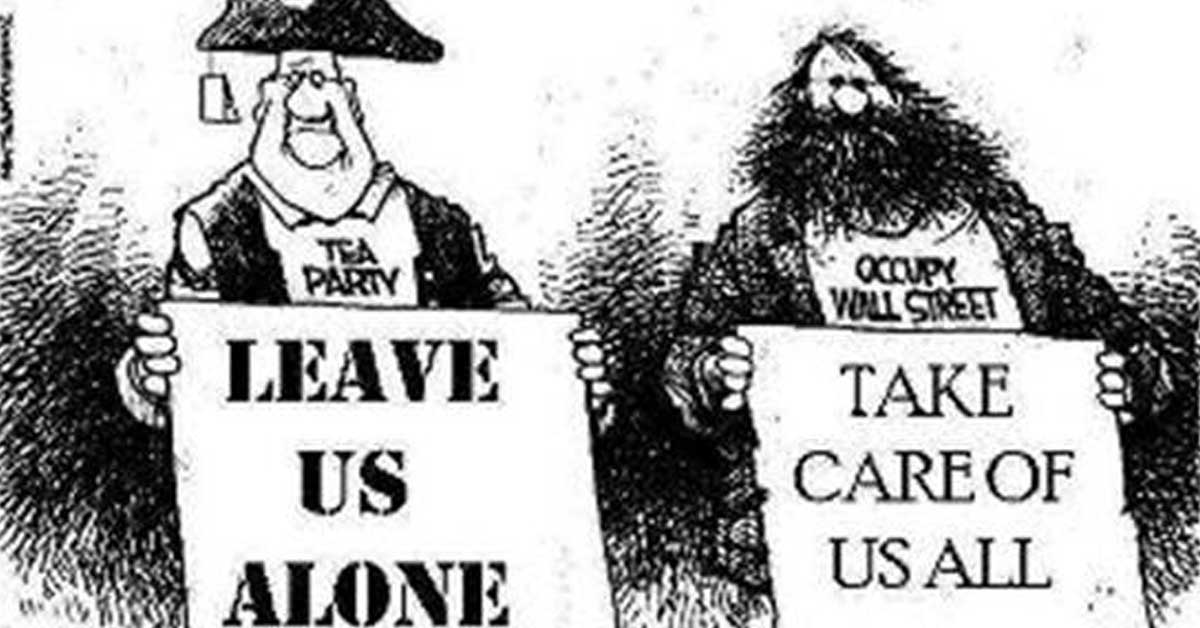
We explain how experience and social interactions shape our frame of reference and create ideological bubbles, and how this creates confirmation bias and “bubble filters” that reinforce these bubbles.
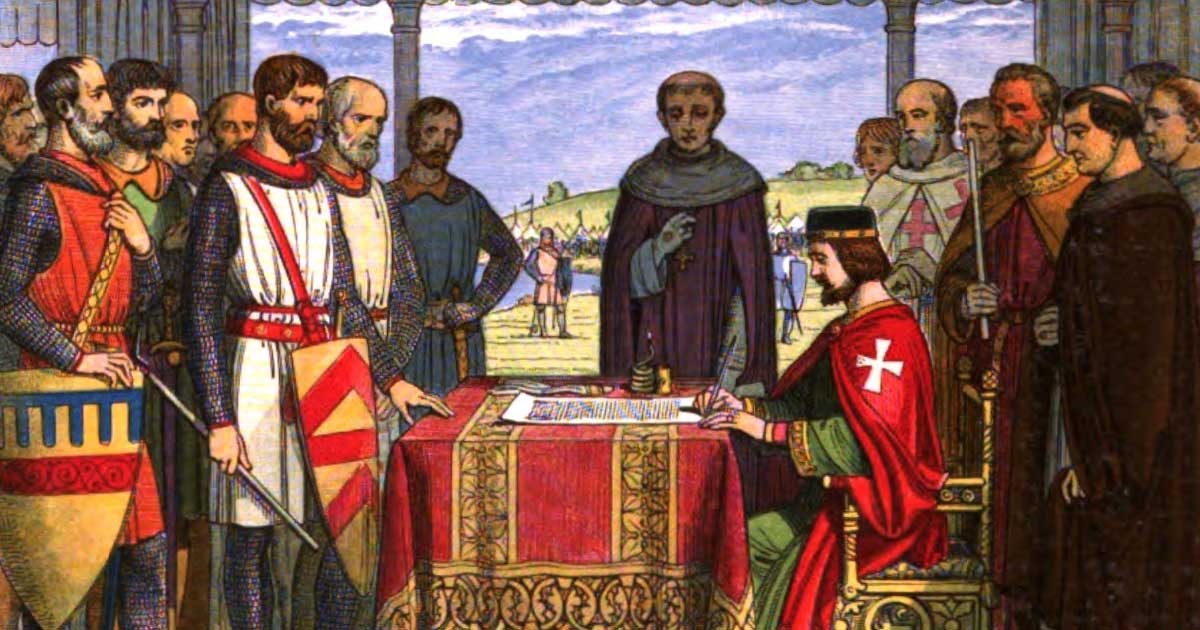
In general, four powers have ruled over the citizens of a nation in any era, these are Barons, Churches, Kings, and Citizens themselves.
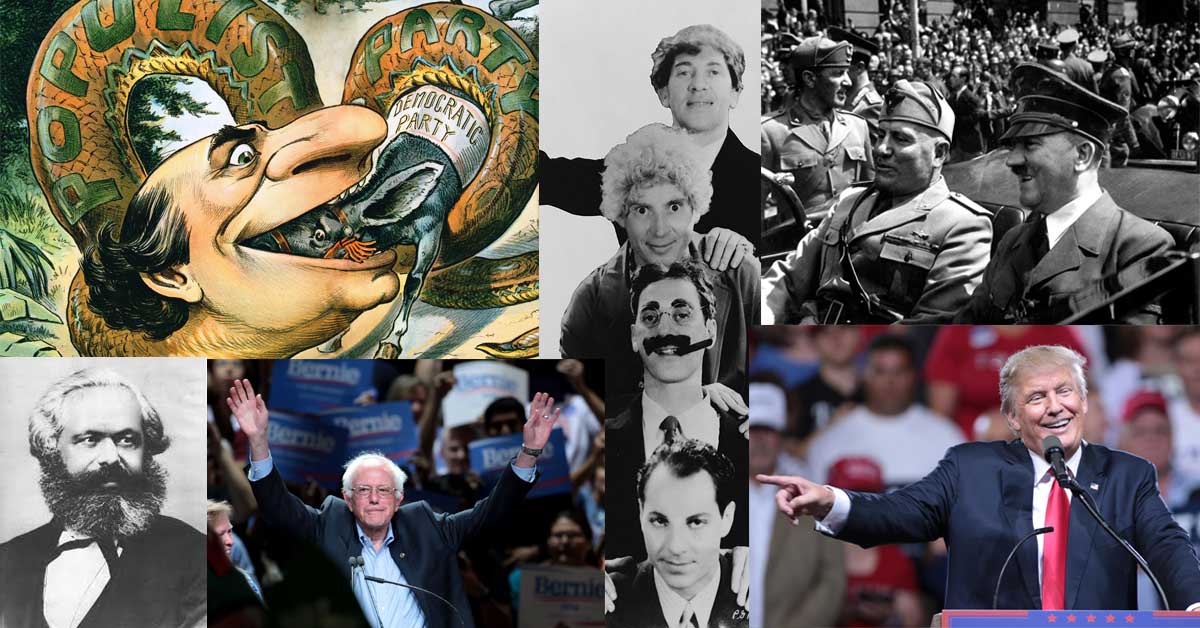
Populism is a broad term that generally describes popular sentiment felt by the working class against the elites. It can look like social conservative nativist right-wing populism or social liberal progressive left-wing populism.

In modern history political factions have often been represented by a color, we look at political color to understand color politics.
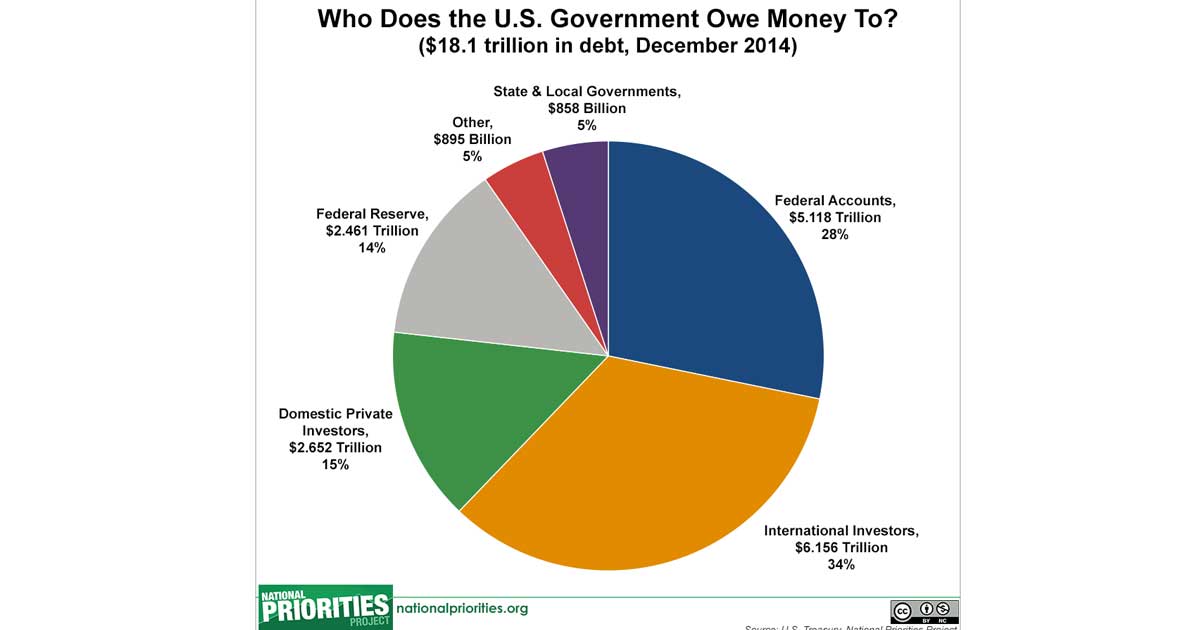
Below we explain how currency gets into circulation via the Treasury, Federal Reserve, and banks, and the role Congress, banks, businesses, and you play in the process.